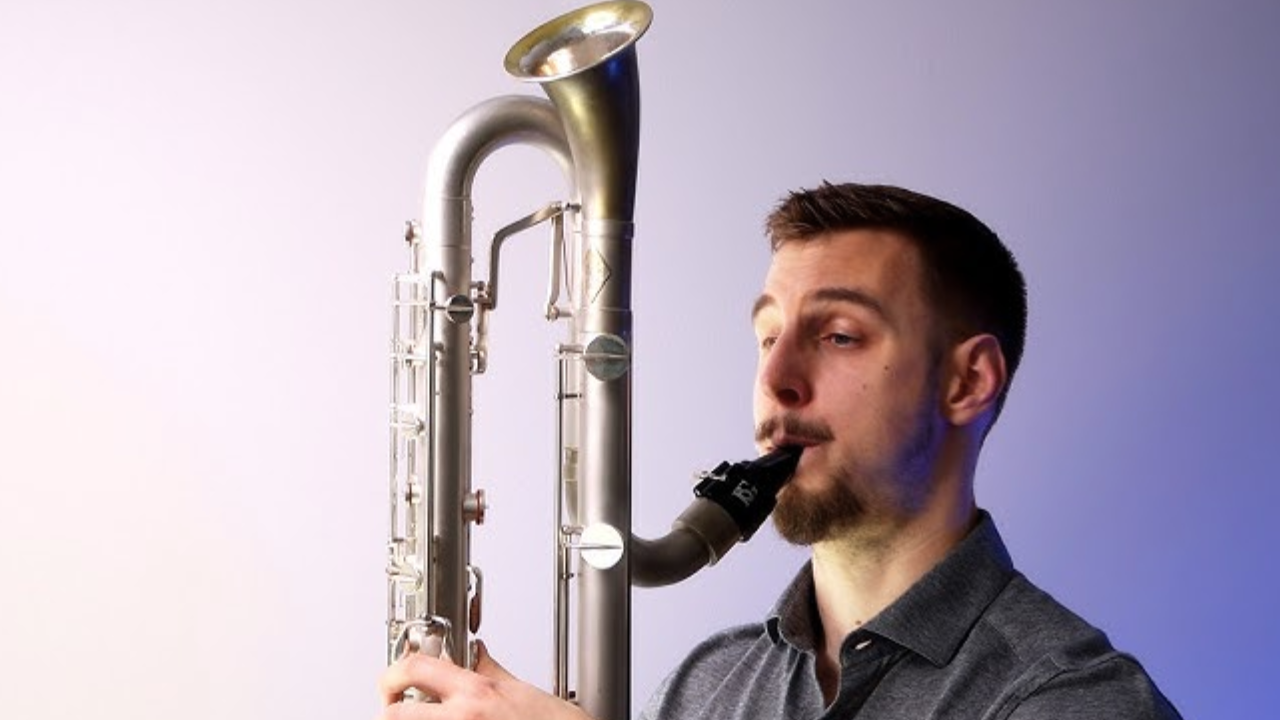The contra alto clarinet is one of the most fascinating yet underappreciated members of the clarinet family. With its deep, resonant tones and imposing size, it plays a crucial role in clarinet choirs, wind ensembles, and occasionally in orchestral music. Despite its rarity compared to the more common Bb clarinet or bass clarinet, the contra alto offers a unique tonal color that enriches low-register harmonies.
This guide will explore everything you need to know about the contra alto —from its history and construction to playing techniques, repertoire, and purchasing considerations. Whether you’re a clarinetist looking to expand your skills or a composer curious about its sound, this article will provide valuable insights.
What Is a Contra Alto Clarinet?
The contra alto clarinet is a large, low-pitched woodwind instrument pitched in E♭, sounding an octave below the alto clarinet. It is significantly larger than a bass clarinet and produces a rich, dark tone that fills the lower registers of ensemble music.
Key Features:
- Pitch: E♭ (one octave below the alto clarinet)
- Range: Typically written from E3 to G6 (sounding a major sixth lower)
- Size: Approximately 4 to 5 feet tall, often with a curved neck and bell
- Key System: Uses Boehm or Albert system keywork
Unlike the more common bass clarinet (in B♭) or the contrabass clarinet (in B♭ or E♭), the contra alto occupies a middle ground, offering a distinct timbre that blends well with other low woodwinds.
History and Development of the Contra Alto Clarinet
The contra alto emerged in the late 19th century as instrument makers sought to expand the clarinet family’s range. While the bass clarinet had already gained popularity, composers and manufacturers wanted an instrument that could bridge the gap between the bass and contrabass clarinets.
Key Milestones:
- Early Designs: French and German instrument makers experimented with low clarinets, leading to the development of the contra alto in E♭.
- 20th-Century Use: Primarily used in military bands, clarinet choirs, and wind ensembles due to its powerful low register.
- Modern Usage: While still rare, it appears in contemporary compositions and specialized ensembles.
Manufacturers such as Selmer, Leblanc, and Buffet Crampon have produced contra alto, though they remain less common than other clarinet types.
Contra Alto Clarinet vs. Other Low Clarinets
To understand where the contra alto fits in the clarinet family, let’s compare it to similar instruments:
| Feature | Contra Alto Clarinet (E♭) | Bass Clarinet (B♭) | Contrabass Clarinet (B♭ or E♭) |
| Pitch | E♭ (octave below alto) | B♭ (octave below soprano) | B♭/E♭ (two octaves below soprano) |
| Size | Large, curved neck | Large, straight or curved | Very large, often floor-standing |
| Sound | Warm, resonant mid-low | Dark, versatile | Deep, rumbling sub-bass |
| Common Use | Clarinet choirs, wind bands | Orchestras, jazz, solo | Experimental, film scores |
The contra alto is often chosen when a fuller low-end sound is needed without the extreme depth of a contrabass clarinet.
Playing the Contra Alto Clarinet: Techniques and Challenges
Switching to the contra alto clarinet from a smaller clarinet (like the B♭ or alto clarinet) presents unique challenges. Here’s what players should know:
1. Embouchure and Air Support
- Requires more relaxed embouchure than soprano clarinet but firmer than bass clarinet.
- Deeper breath support is essential due to the larger air column.
2. Fingerings and Keywork
- Uses similar fingerings to other clarinets but with extended keys for lower notes.
- Some models have additional register keys to aid altissimo playing.
3. Reed Selection
- Larger mouthpieces require harder reeds (typically 3.5–4 strength).
- Experiment with bass clarinet reeds if contra alto-specific reeds are unavailable.
4. Posture and Ergonomics
- Due to its size, players often use a neck strap or floor peg for support.
- Sitting position must allow for proper hand placement on lower keys.
Repertoire and Musical Applications
While the contra alto is not as widely featured as the bass clarinet, it has a niche role in:
1. Clarinet Choirs
- Provides harmonic foundation alongside bass and contrabass clarinets.
- Often doubles bass clarinet parts an octave lower.
2. Wind Ensembles and Concert Bands
- Enhances low woodwind sections in symphonic band music.
- Occasionally used in modern compositions for unique effects.
3. Solo and Chamber Music
- Few solo pieces exist, but some contemporary composers write for it.
- Works well in low clarinet quartets or experimental ensembles.
Notable Compositions Featuring Contra Alto
- Donald Martino’s “A Set for Clarinet” (includes contra alto)
- Eric Mandat’s low clarinet studies
- Various clarinet choir arrangements by Alfred Reed and others
Buying a Contra Alto Clarinet: What to Consider
Since contra alto are rare, purchasing one requires careful research. Here’s what to look for:
1. New vs. Used Instruments
- New models (Selmer, Leblanc) are expensive ($8,000–$15,000).
- Used markets (eBay, woodwind forums) may offer more affordable options.
2. Key Brands and Models
- Selmer Paris – High-end, professional quality.
- Leblanc – Reliable student/intermediate models.
- Buffet Crampon – Less common but well-crafted.
3. Accessories Needed
- Mouthpiece: Larger than bass clarinet mouthpieces (try a Selmer C or Vandoren B46).
- Ligature: Bass clarinet ligatures often fit.
- Case: Hard case is essential due to size.
Conclusion: Is the Contra Alto Clarinet Right for You?
The contra alto clarinet is a specialized instrument best suited for:
- Clarinetists looking to explore extended techniques.
- Ensemble players needing a deeper clarinet voice.
- Composers interested in unique low woodwind textures.
While not as common as the bass clarinet, its rich, velvety tone makes it a valuable addition to any low woodwind section. If you have the opportunity to play one, embrace the challenge—it’s a rewarding instrument with a distinctive sound.












